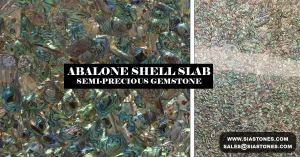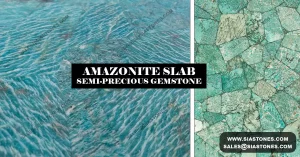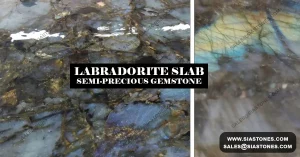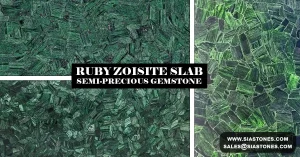Lapis lazuli is a semi-precious gemstone known for its deep blue color and gold flecks. It is one of the oldest known gemstones and has been used in jewelry and other decorative items for centuries. Lapis lazuli is mined in several parts of the world, including Afghanistan, Chile, and Russia.
Lapis lazuli slabs are made by cutting and polishing large pieces of lapis lazuli. The slabs can be used for a variety of purposes, including countertops, backsplashes, flooring, and wall art.
Other Popular Names for Lapis Lazuli Gemstone are: Azure Stone, Lazurite, Lapis Blue, Lazuli Stone and Afghan Stone.
We are a leading manufacturer and exporter of lapis lazuli gemstone slabs, countertop and furniture. We offer a wide variety of lapis lazuli slabs in different sizes, thicknesses, and finishes. Our slabs are sourced from the highest quality lapis lazuli mines and are carefully processed to ensure the highest quality.
We offer our lapis lazuli gemstone slabs to homeowners, interior designers, architects, and building merchants worldwide. We are committed to providing our customers with the best products and services..
Backing material: Lapis Lazuli gemstone naturally occurs in very small rough stones, to fabricate this into slabs and tiles, we cut slices of this gemstone and overlay on marble, granite, wood or acrylic sheets. You can choose backing material at the time of order.
























